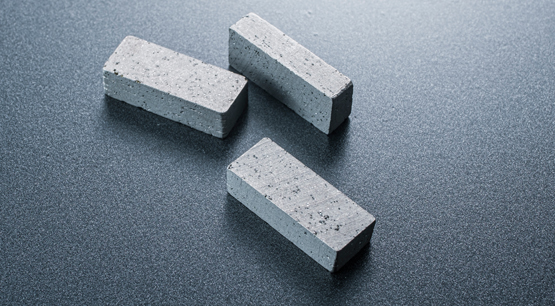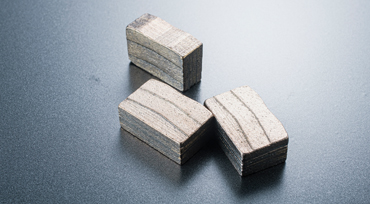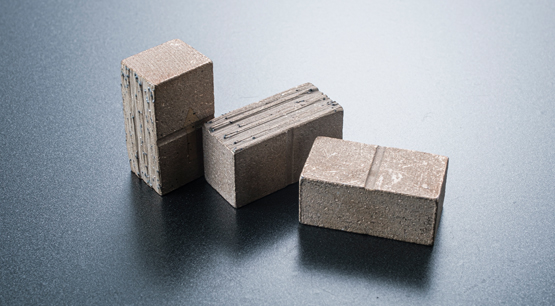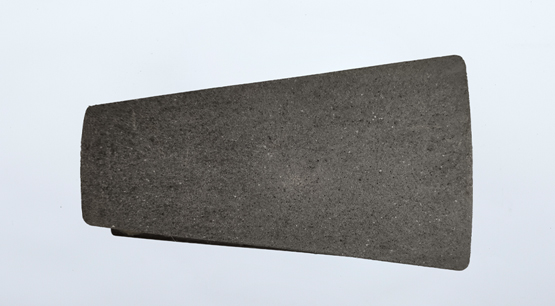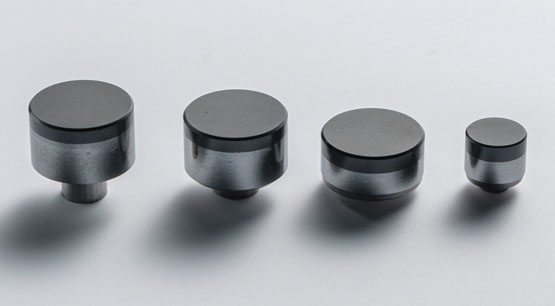Silica fume (also called microsilica fume) is an amorphous, powdery silica that is collected by a specially designed dust collector after oxidizing the silicon vapor discharged from the flue when smelting ferrosilicon alloy or industrial silicon. SiO2). The average particle size of micro-silica fume is 0.15~0.20 μm, the specific surface area is 15000~20000㎡/kg, and it has strong surface activity.
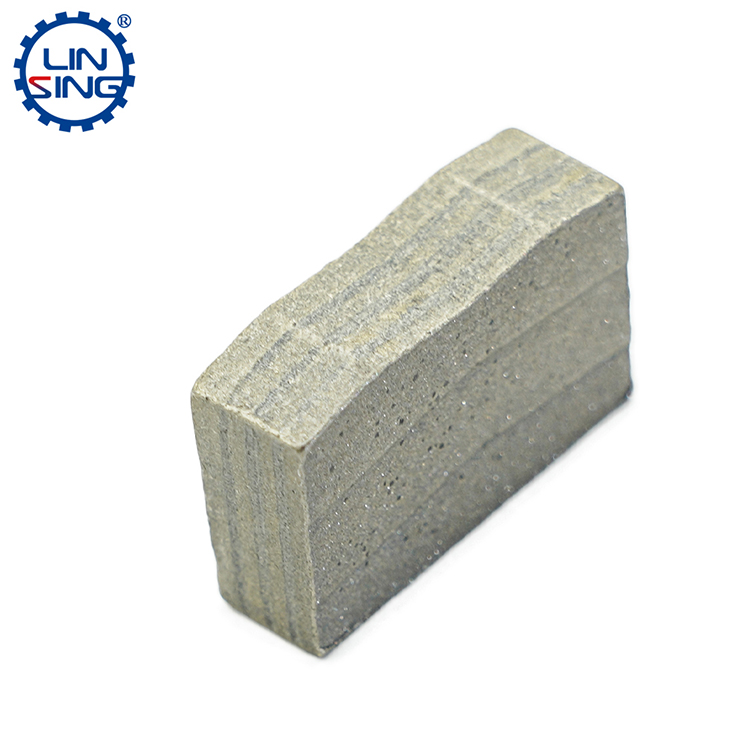
Silicon powder has three advantages:
1: Silica fume can reduce the exothermic peak temperature of epoxy resin curing reaction, thereby eliminating the internal stress of the cured product and preventing it from cracking. In this way, the silicon powder can enhance the impact resistance of the segment and reduce the internal stress.
2: Silicon micropowder has strong anti-corrosion and anti-oxidation ability, it is not easy to react with other substances, and its particles can also cover the surface of the object evenly. Such a segment is stably covered on the surface of the segment, which can obviously play a role in preventing rust and corrosion.
3: Silicon powder can reduce and eliminate precipitation and delamination, enhance the tensile and compressive strength of the cured product, and improve the wear resistance of the object. Such a segment can grind some more wear-resistant segments, and it will also play a good role.
In fact, even though silicon powder has so many benefits, in practical application, the usage rate of diamond segments produced with silicon powder is not high. The main reason is that such an expensive but less prominent and obvious material is somewhat redundant or even uneconomical for diamond segments. Let's talk about silicon carbide, which is also suitable for diamond segments.
Silicon carbide is also called moissanite. Among contemporary C, N, B and other non-oxide high-tech refractory raw materials, silicon carbide is the most widely used and most economical one, which can be called gold steel sand or refractory sand. At present, China's industrially produced silicon carbide is divided into two types: black silicon carbide and green silicon carbide, both of which are hexagonal crystals with a specific gravity of 3.20-3.25 and a microhardness of 2840-3320kg/mm².In fact, If silicon carbide material is added to the diamond segment, it will be more cost-effective than adding silicon powder, mainly because silicon carbide has the following functions:
1: Silicon carbide can completely act as the skeleton of the segment, which can better support the cutting and grinding tasks of the segment. Without the silicon carbide segment, the entire segment is like a plate of loose sand. Although the sintering process can make the loose sand solidify and form, during the cutting process, the segment without a skeleton is like a wooden boat drifting in the sea. This structure is unstable, the cutting ability is weak, and the wear resistance is insufficient or even weak. But with silicon carbide, it is like a ship built of steel, with a stable structure, greatly improved overall wear resistance, and greatly improved cutting performance. Therefore, the segment with high cutting life tends to work hard on silicon carbide, either increasing its concentration or increasing the wear resistance of the powder.
2: Silicon carbide itself is a cutting material. Silicon carbide has a Mohs hardness of 9, and even some silicon carbide has a Mohs hardness of 9.5. In the cutting process of the segment, silicon carbide can also participate in the cutting very well. Although there is no cutting edge like diamond, it has some role in assisting the cutting. Therefore, it can not only improve the cutting life of the segment, but also have a good performance in terms of cutting sharpness.
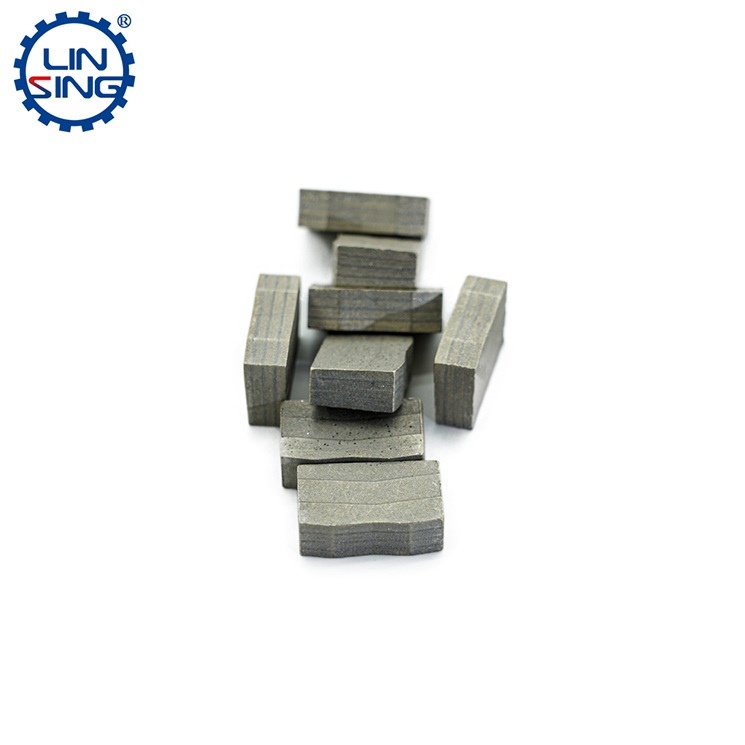
3: Silicon carbide has a strong thermal expansion coefficient.During the cutting process of the diamond segment, the coefficient of thermal expansion greatly changes some properties of the segment. Especially the segment welded at high temperature will have some expansion in the internal structure, and there may be some changes in the material. But for silicon carbide, there is no such problem, and this characteristic also determines that silicon carbide has good thermal stability.




